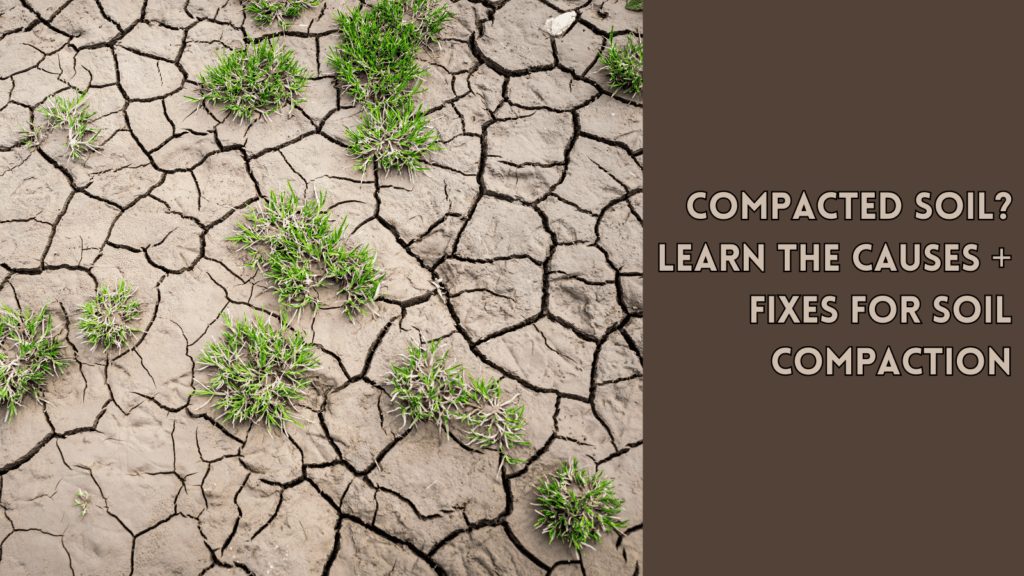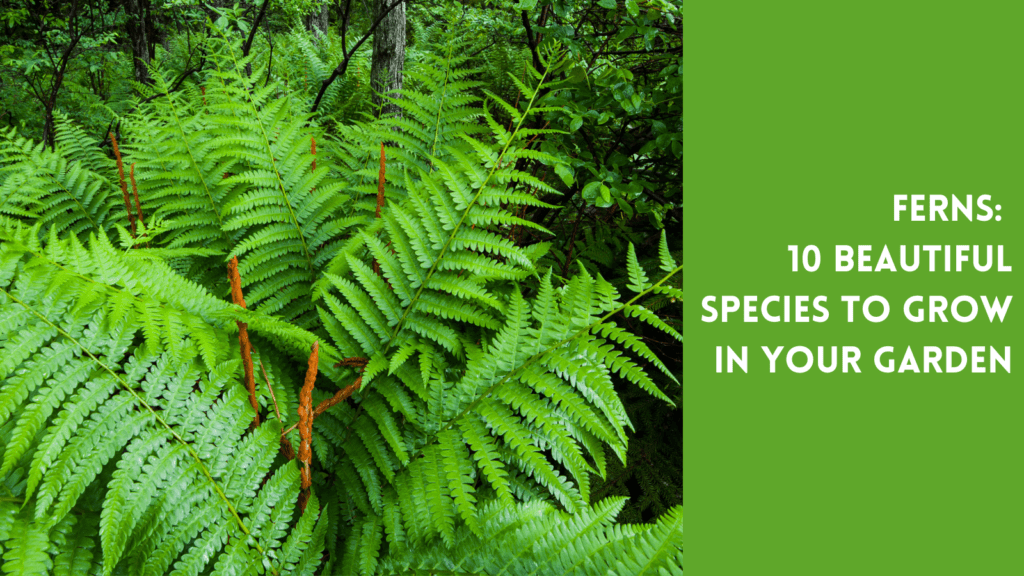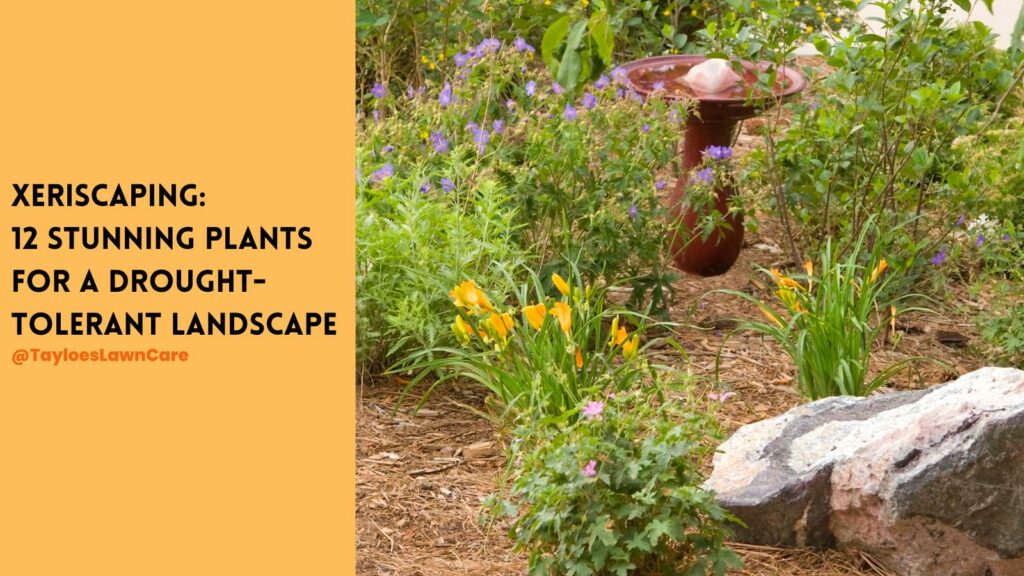Last Updated on: 24th June 2024, 05:16 am
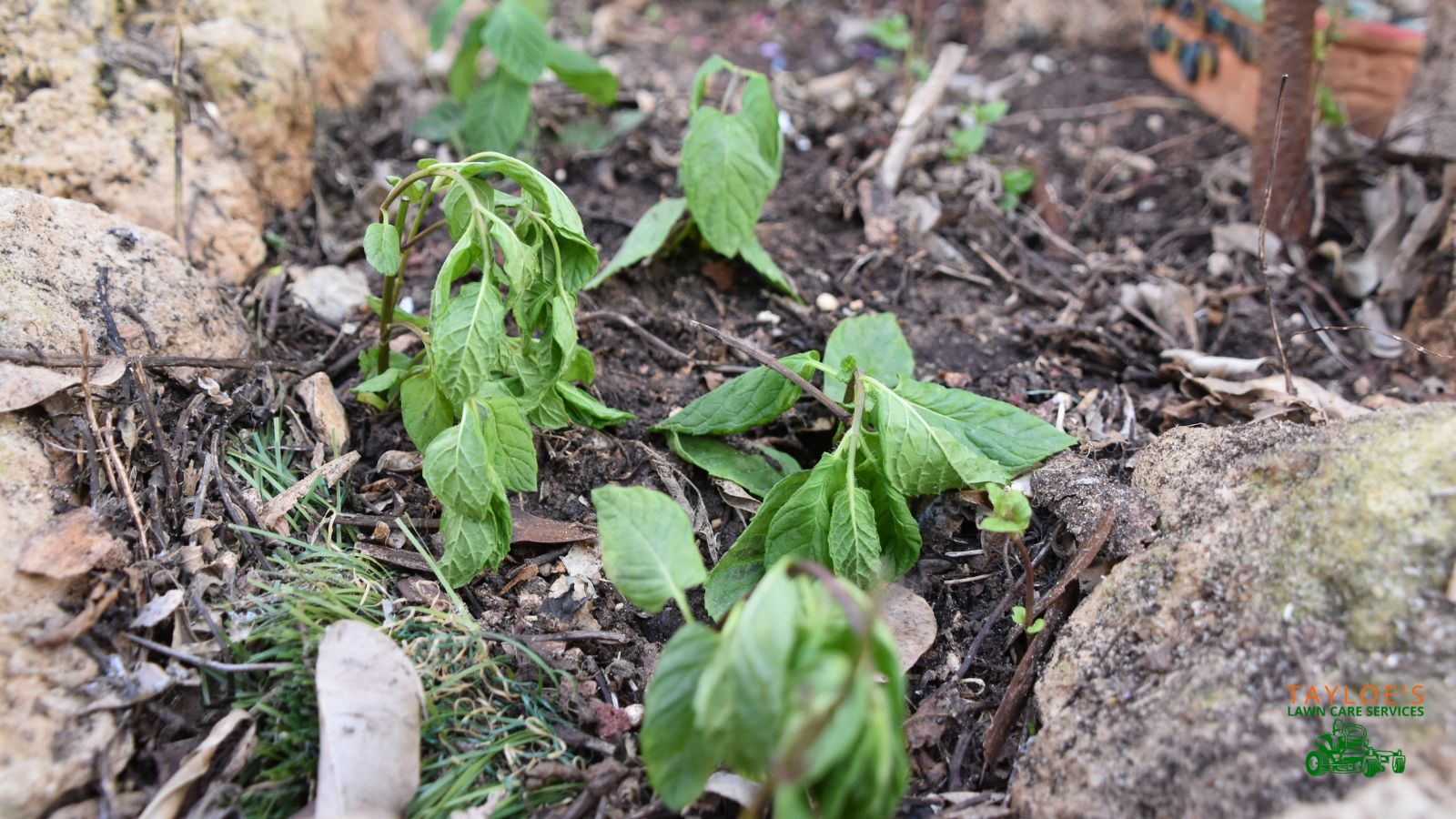
Here’s why many plants get wilted leaves when in distress.
As we take care of our lawn care customers, we often have people ask us to look at a wilted plant. Or two. Or…well, never mind. Here’s an example the explains why plants wilt. Just like a marathon runner under the blazing sun might struggle to keep pace, your plants can similarly ‘throw in the towel’ when conditions get tough. Plant wilt isn’t just about a lack of water. Instead, it’s a sign of a plant in distress, struggling to keep up with its environment. Whether it’s due to scorching heat, dehydration, overwhelming pests, or improper care, wilt is a cry for help.
In this article, we’ll explore the common causes of plant wilt and provide practical solutions to help you keep your garden thriving and resilient. Let’s dive into why your green friends might be giving up, and how you can cheer them on to the finish line of health and vigor.
What Is a Wilted Plant Telling the World?
When a plant wilts, it is communicating through its most immediate means—its physical appearance. Wilt is a symptom that the plant is unable to maintain proper turgor pressure, which is the pressure of water inside its cells that keeps the plant parts stiff and upright. Understanding the science behind wilt can help you diagnose and address the underlying issues affecting your plant’s health.
The Role of Turgor Pressure in Plant Health
Turgor pressure occurs within plant cells is crucial for maintaining the structure and rigidity of plant tissues. This pressure is achieved by the osmotic flow of water entering the cells, causing them to swell and become firm. When this pressure is compromised, plants lose their rigidity and begin to droop or wilt.
Several conditions can lead to reduced pressure, causing plants to wilt:
Underwatering: The most common reason for wilting is inadequate water supply. Without enough water, plants cannot maintain the necessary internal pressure to support their structures.
Overwatering: Conversely, too much water can also lead to wilt. Overwatering can suffocate plant roots, preventing them from absorbing oxygen and eventually water, leading to a similar drooping effect.
Heat Stress: High temperatures can increase the rate of water loss through transpiration faster than it can be replenished, even if the soil has adequate moisture.
Pest and Disease Pressure: Certain pests and diseases can damage plant roots or other parts, affecting the plant’s ability to absorb water and food. This damage often results in wilting symptoms.
Nutrient Deficiencies: A lack of nutrition, such as potassium, which plays a critical role in regulating water flow within the plant, can also lead to symptoms of wilt.
Diagnosing Plants’ Wilt
Wilting plants send a clear signal that they are in distress, but identifying the precise cause of that distress requires careful examination and sometimes a bit of detective work. To effectively address wilt, it’s crucial to correctly diagnose the cause. This involves several key steps that consider both the environment and the health of the plant itself.
Checking Soil Moisture Levels and Adjust How You Water
The first step in diagnosing wilt is to check the moisture level of the soil. This can tell you whether the plant is receiving too much or too little water.
Too Dry: If the ground is dry and crumbly, the plant is underwatered. The lack of available water is the probable cause. This condition is why you’ll sometimes see droopy leaves perk right back up after a nice, long morning rain.
Too Wet: If the soil is soggy or water doesn’t drain from around the plant, it is overwatered. Overwatering can lead to root rot, where roots fail to function properly..
Examining the Plant for Pests and Disease
Plants can also wilt due to the presence of pests or disease, which can damage plant tissues or block water transport mechanisms within the plant.
Pests: Look for signs of insect damage, such as chewed leaves or stems, or the insects. Some pests, like aphids and spider mites, cause great damage.
Diseases: Check for any unusual spotting, powdery mildew, or signs of fungal infection. These issues can compromise the plant’s structure and its ability to absorb water.
Assessing Environmental Factors
Environmental stresses such as temperature fluctuations, inadequate light, or improper fertilizer application can contribute to wilting. It’s important to consider all environmental factors when diagnosing plant health.
Temperature Stress: Both hot weather and cold shock can cause wilting. Plants exposed to sudden high temperatures or frost conditions may show signs of damage.
Light and Ventilation: Inadequate light or poor air circulation can weaken plants over time, making them more susceptible to wilting.
Fertilizer Burn: Over-fertilization can lead to a buildup of salts in the soil, which can dehydrate plants by drawing water out of plant roots through osmotic pressure.
Conducting a Systematic Review of Why The Plants Wilt
A systematic review of your plant care routine can also provide insights. Recent changes, such as a new watering schedule, a move to a different location, or the introduction of new plants into the environment, can all affect plant health.
Watering Changes: Sudden increases or decreases in water needs can shock plants, leading to wilt. Look at the surface area of the plant leaves and stems for signs it might need more water.
Relocation: Moving plants to a new environment can cause temporary wilting as the plant adjusts to new light levels and temperatures.
Following the process of diagnosing the cause of wilt, gardeners can more effectively pinpoint the issue and apply the correct remedy. Understanding the underlying factors contributing to wilt helps treat the current problem and prevent future occurrences, ensuring the long-term health and vitality of your plants.
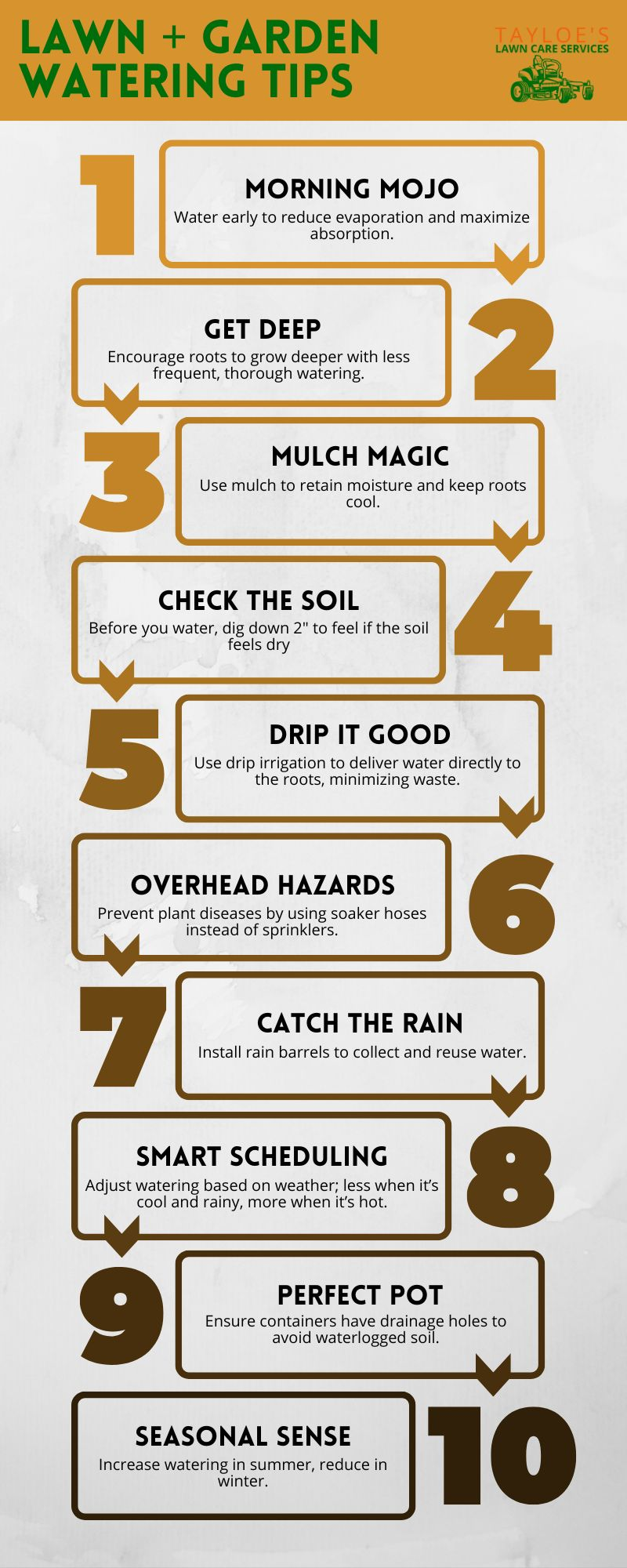
Responding to Plant Wilt
Once the cause of wilt is determined, appropriate steps can be taken to reduce water loss and revive the plant:
Adjust Watering Practices: Modify your watering schedule according to the plant’s needs. Water deeply, ensuring that the soil is moist but not waterlogged.
Provide Shade: If heat stress is a factor, temporary shading for several days can help reduce the intensity of hot weather and water loss on the plant.
Treat Pests and Diseases: If pests or diseases are identified, treat them with the appropriate pesticides or organic alternatives.
Supplement Nutrients: If a deficiency is suspected, soil amendments or fertilizers can be used to restore nutrient balance.
Plants wilt, telling you can be key to saving it and preventing future issues. By recognizing the signs and knowing the potential causes, you can take swift and effective action to help your plants thrive. Sometimes, a plant will become perfectly happy again if you protect it from the sun during the hottest part of the day. Other times it take changing from watering at night to the morning. Either way, that’s the puzzle you must solve.
How Wilting Impacts Various Plants
Wilting affects different types of plants in unique ways depending on their specific needs and growing conditions. From towering trees to the delicate peace lily, most plants provide insights into health and environmental needs. Understanding how stressors impact various plants can point gardeners to making more informed decisions about plant and flower care.
Trees
In trees, droopiness is often a sign of severe stress due to either under-watering, over-watering, or diseases affecting the root system. Since trees rely on a vast network of roots to draw up moisture and nutrients, any disruption in this system can lead to visible changes, starting typically with the leaves showing signs of droop. When you don’t water trees deeply in the summer, it will struggle to maintain their canopy, and over time, prolonged wilting can lead to leaf drop and branch dieback.
Ferns
Ferns, particularly those kept in an indoor pot, are highly sensitive to their moisture environment. These plants require a consistent level of moisture but also need well-draining soil to prevent root rot. When they wilt, it is often a sign that the soil is either too dry or too wet. If the pot does not drain properly, the stagnant water can cause the roots to suffocate and decay.
Cacti and Other Succulents
Cacti and other succulents are adapted to arid environments and are particularly susceptible to over-watering, which can cause their roots to rot. Wilted succulents get soft, mushy leaves or a general appearance of being ‘deflated’. Proper drainage is crucial for these plants; overly moist soil can be detrimental, as succulents rely on a cycle of deep watering followed by a period of drying out.
Tomatoes
Tomato plants are especially responsive to their watering schedule and can wilt for a variety of reasons. Underwatering will cause plants’ leaves to droop due to insufficient moisture to support their relatively large structure and fruit development. Overwatering, particularly in pots or poorly drained gardens, can also lead to wilting, compounded by potential root diseases. Tomatoes need consistent water but also good drainage to thrive.
Don’t Have the Energy or Enjoy Spending Time Outdoors?
If you want your yard to look fantastic but work long hours or would rather sit in the shade than work outdoors on your day off, look no further. Tayloe’s Lawn Care Services, LLC can let you enjoy the fresh air and warm days of summer without dealing with grass cutting of playing dead plant detective. Connect with us at 252.287.3376 by text or phone.
Author Profile

- Randy Tayloe is the COO of Tayloe's Lawn Care Service, LLC. He is a certified custom applicator, recognized by the North Carolina Department of Agriculture Pesticide Division. A native of Bertie County, NC, and graduate of Bertie High School, he wants to beautify his home county - one yard at a time.
Latest entries
 FaunaOctober 3, 2025Fall decorations that endanger wildlife (and how to avoid the risks)
FaunaOctober 3, 2025Fall decorations that endanger wildlife (and how to avoid the risks) GardeningApril 1, 2025Fountain grasses add colorful foliage and movement
GardeningApril 1, 2025Fountain grasses add colorful foliage and movement GardeningMarch 21, 2025White cloud muhly grass growing guide
GardeningMarch 21, 2025White cloud muhly grass growing guide Lawn CareFebruary 25, 2025Should I mow every week?
Lawn CareFebruary 25, 2025Should I mow every week?

